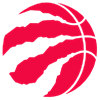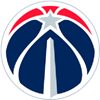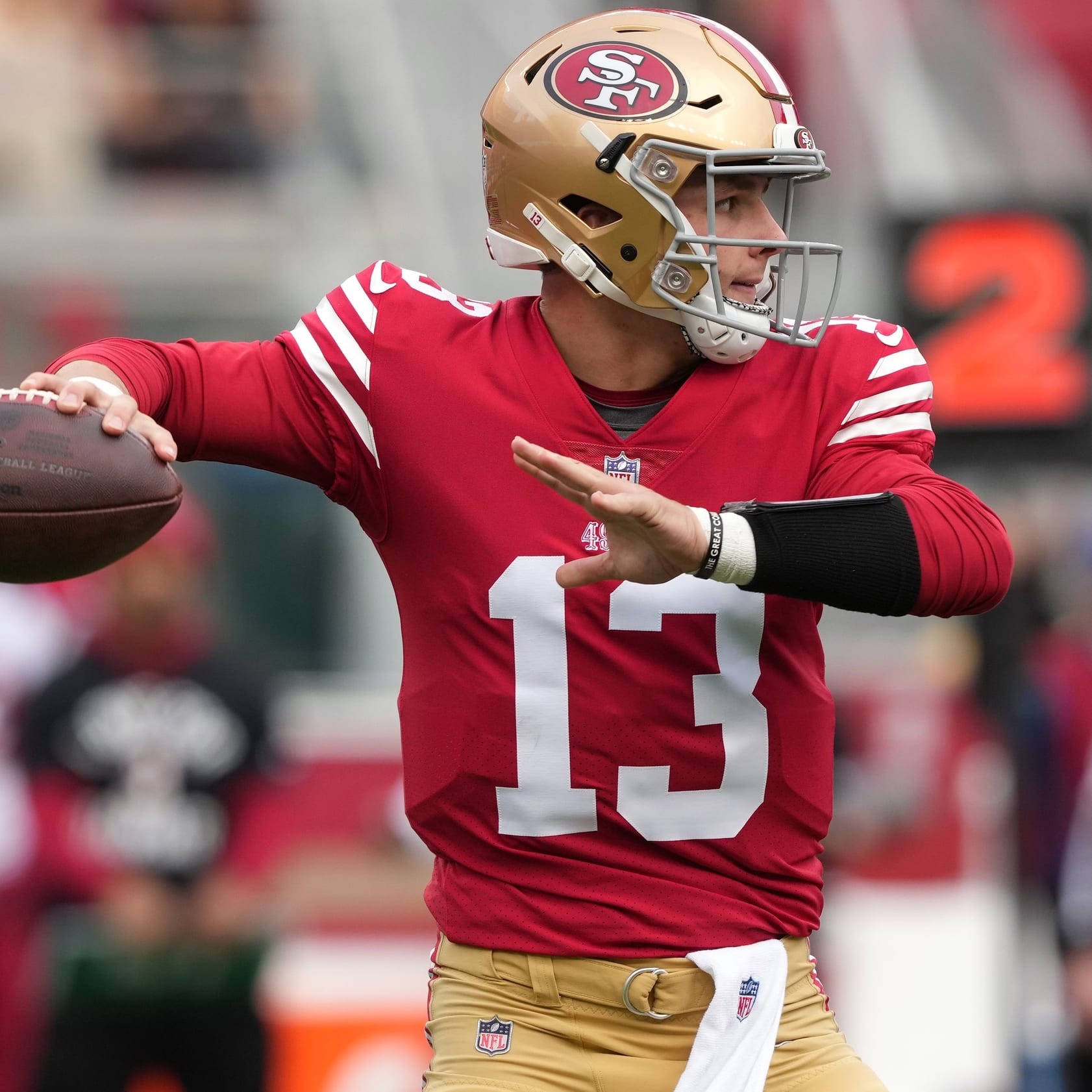The Cowboys traded Amari Cooper to Cleveland on Saturday in exchange for some peanuts and the service of the Browns taking on Cooper's remaining contract money. Dallas might have cut Cooper for cap reasons if the Browns and other teams hadn't offered to take on the burden. That's important to keep in mind, because no one – Dallas included – is questioning Cooper's ability at this point. The reason the trade compensation was negligible was because Cooper's contract is less than desirable, and the rest of the league knew Dallas had no choice to but to shed it.
Cooper will turn 28 in June, which means he should have at least four more stating-caliber seasons in him, if not more. The catch with Cooper, of course, is the durability question. His abilities are beyond dispute – his 1.77 yards per route run last year ranked 77th percentile despite CeeDee Lamb and Dalton Schultz producing at standout levels – but Cooper's availability is more easily questioned. Cooper maybe deserves some credit for toughing out various injuries, because his missed games count is rather low, but for all of his three years in Dallas it always seemed like some issue or another needed managing, and in many games he was in and out of the lineup while dealing with whatever injury issue of the day. Cooper is clearly good, but the Cowboys simply couldn't count on him to stay healthy, and whenever he played he was liable to go in and out of the game. It's anyone's guess whether one trend holds stronger than the other as the former Alabama star heads to Cleveland.
CLEVELAND
Going from Dak Prescott to Baker Mayfield is a significant downgrade for Cooper, but it's possible that the decline from Prescott to Mayfield occurs less steeply than the gains Cooper might make in target share percentage. The Browns are perilously weak at receiver – even veteran slot man Jarvis Landry appears likely to be traded or cut soon – so Cooper is their WR1 and by a significant margin. The fact that Cooper is much better than Donovan Peoples-Jones and Anthony Schwartz may or may not matter. Odell Beckham was much better than them, too, and Mayfield still managed to make him useless. Cooper can get open, and he could draw targets easier than Beckham did if Landry is on the way out, so some substantial level of opportunity should exist here for Cooper. If Mayfield plays like he generally has, though, that opportunity might largely remain theoretical.
It also remains to be seen whether the Browns draft a receiver early. While Cleveland's primary needs are arguably quarterback and defensive line, this wide receiver class has a number of options who could tempt the Browns in the first three rounds – players who could harm Cooper's otherwise very high projected target share. The Browns might consider a receiver as early as their 13th overall first-round pick, where players like Drake London or one of the Ohio State duo of Garrett Wilson or Chris Olave might make sense. Cleveland also has selections at 44th and 78th overall with an unspecified third-round compensatory pick incoming as well.
In the meantime, a base loadout of Cooper, Peoples-Jones and Schwartz is one that would likely be favorable to Cooper. Both DPJ and Schwartz are more like speed decoys than true volume targets, and if those two are failing to draw targets at the rate of most WR2/WR3 pairs then the beneficiary almost would have to be Cooper.
DALLAS
Cooper's exit clearly paves the way for CeeDee Lamb to emerge as Dallas' alpha wide receiver. Even if they retain all three of Schultz (franchise tagged), Michael Gallup and Cedrick Wilson in free agency, the Cowboys have little choice but to make Lamb their clear WR1 and the primary engine of their passing game. After logging 1.53 air yards per snap last year (77th percentile among WRs), Lamb is poised to build substantially on that figure with Cooper (1.43 air yards per snap, 68th percentile) out of the picture. Still not 23 until April, the runway is clear for Lamb to emerge as a true WR1, both in real life and in fantasy football. Some dreary days might be ahead for Dallas as they deal with their cap wreckage, but Lamb is golden.
Gallup is racing to return from an ACL tear he suffered in Week 17, and Wilson mostly played slot receiver for the Cowboys to this point, so Lamb is Dallas' top wideout from every alignment now. Still, Gallup has a convincing skill set at outside receiver and Wilson thrived in his previous role, so if Lamb steps up then Dallas might have enough between those three. Dallas also might look to wide receiver early in the 2022 draft, even if both Gallup and Wilson are re-signed. If Dallas does select a wide receiver early then it would probably be a problem for Gallup and Wilson but not Lamb. Luckily for Gallup and Lamb, the Cowboys have themselves in a bit of cap trouble and might soon have much bigger needs than wide receiver, especially on the offensive line. Rather than a true target threat, the Cowboys might only have enough funding to pursue a field-stretching speed specialist to offset the rather low overall speed grade between Lamb, Gallup and Wilson as a group.
Gallup's arrow will be pointed upward if he stays in Dallas and recovers swimmingly from his ACL tear, but it would be a mistake for someone to project Cooper-like production from him. There's reliable evidence that Cooper is the safely better player between the two, and they're different types of receivers, moreover. Gallup has made a living on the sideline, where he occasionally separates but more so has had to make circus catches downfield, and this lends to a boom-or-bust style of play where the variability of downfield targets subjects him to cold stretches when the ball is bouncing the wrong way. Cooper can operate at all depths and in all alignments at a high-volume, high-efficiency level, which gives him better upside and consistency both. Even with Cooper gone there is only so much theoretical room for growth in Gallup's production barring a complete rearrangement of the offense's route running structure, beginning with lowering Gallup's average depth of target. With Lamb the superior underneath target and Schultz only capable of operating underneath, expect Gallup's ADOT to stay the same or only decrease slightly.




































